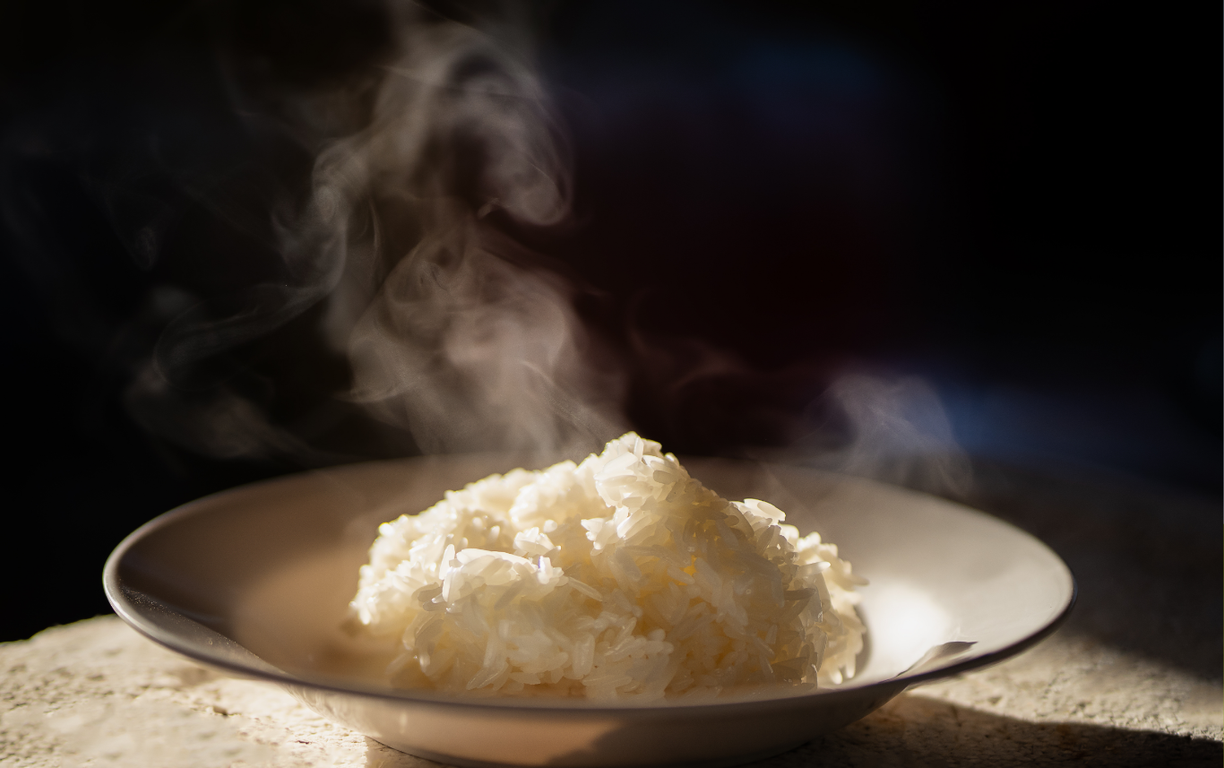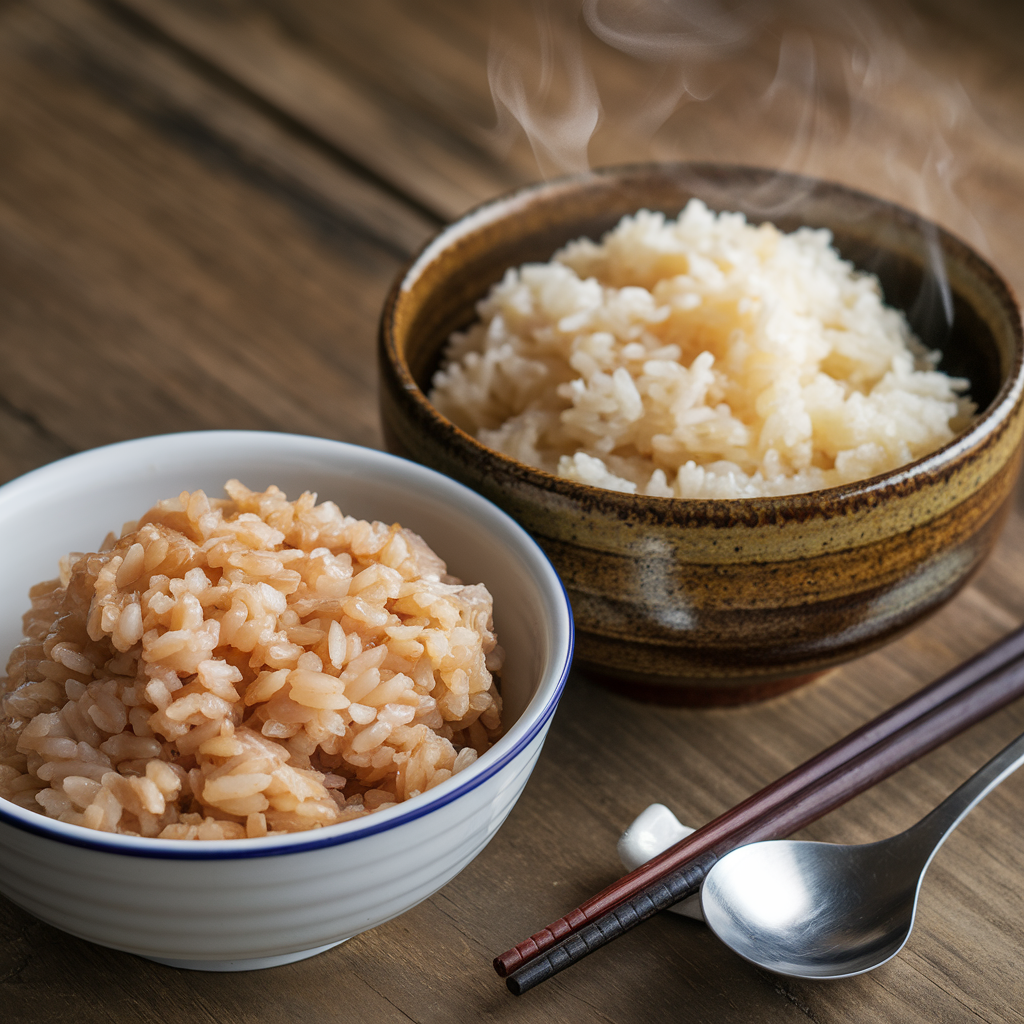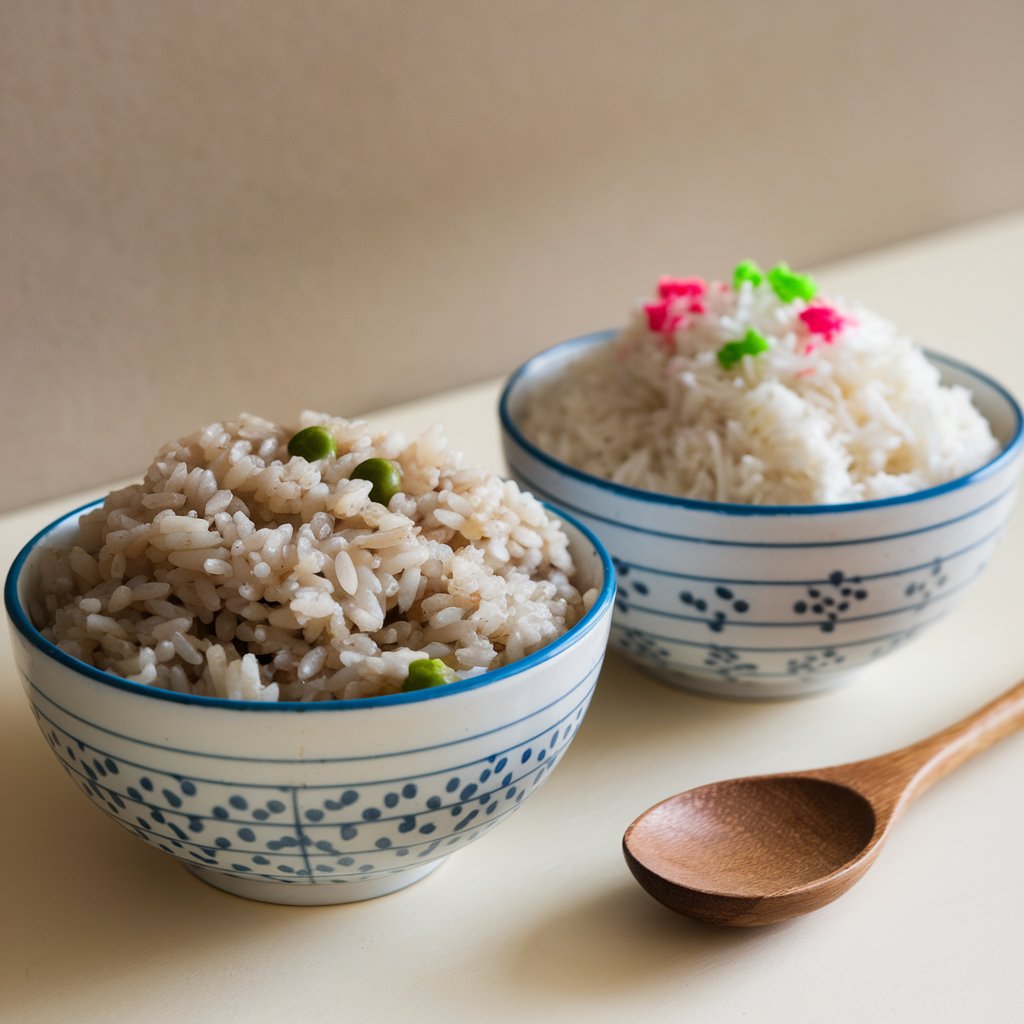Physical Address
304 North Cardinal St.
Dorchester Center, MA 02124
Physical Address
304 North Cardinal St.
Dorchester Center, MA 02124

Master your rice cooker! Say goodbye to mushy rice with expert tips and troubleshooting hacks.
Nailing that perfect rice in your rice cooker might feel a bit tricky at first, but a few savvy tips go a long way in transforming a routine dish into something you’d flaunt at dinner parties. Let’s break down some handy pointers that’ll keep your rice from turning into a mushy mess, while making sure every grain cooks up right.

So, what’s the deal with mushy rice? It’s often about using too much water. Finding that sweet spot with the water-to-rice ratio is kinda like finding the perfect playlist for a road trip. For the lowdown on getting that magic ratio, peek at our guide on what ratio is rice to water in a rice cooker?.
And hey, skipping that rinse might save time, but it could also lead to sticky rice that resembles glue more than dinner. Rinsing whisks away excess starch that could turn your rice gummy, and it also helps prevent those dreaded rice lumps at the bottom of your cooker.
Want to side-step the mush and hit the rice jackpot every time? Here’s a toolkit of strategies to employ with your rice cooker:
| Rice Type | Water-to-Rice Ratio |
|---|---|
| White Rice | 1:1.5 |
| Brown Rice | 1:2 |
| Jasmine Rice | 1:1.75 |
| Basmati Rice | 1:1.5 |
Rinse Your Rice: Give your rice a rinse under some cold water till it runs clear. It’s a super fast step but does wonders for nixing that surface starch and avoiding clumps.
Use the Right Water-to-Rice Ratio: Different rice types crave their own water love. Check out the handy table above, or visit our detailed article on how much water should i use for 1 cup of rice?.
Soaking Techniques: Got a bit more time? Let your rice soak before cooking. It can totally change up the texture and slice some minutes off the cooking time. Play around with soaking times until you get that texture you love.
Follow these tips to dodge common mishaps and score a rice dish you can be proud of. Tweak the cooking time and water levels, and explore that rice cooker of yours to match your taste. For more rice wisdom, explore our guide on how to cook perfect rice in a rice cooker?.
Mastering rice with your rice cooker isn’t just rewarding; it’s like a culinary level-up that turns a simple meal into something consistently tasty. Say goodbye to soggy rice and hello to grains that are perfectly done every single time.
When it comes to rice cooker magic, getting fluffy, delicious rice is all about nailing the prep work. Here’s how you can set yourself up for some seriously tasty results with three quick tips:
First up, give your rice a bath. A good rinse knocks off that extra starch that can make rice get all clumpy and sticky. Here’s how you can do it like a pro:
Next, pay attention to your water game. Getting the right water and rice mix is crucial to avoid turning your rice into mush. Different rice calls for different water. Check out this cheat sheet:
| Rice Type | Water-to-Rice Ratio |
|---|---|
| White Rice | 1:1.5 – 1:2 |
| Brown Rice | 1:1.75 – 1:2.5 |
| Jasmine Rice | 1:1.5 – 1:1.75 |
If you like your rice softer or firmer, tweak the water. For more deets on these ratios, see our post on what ratio is rice to water in a rice cooker?.
Lastly, don’t skip on soaking—it helps make the grains fluffy and can trim cooking time. Different rice types can benefit, especially basmati or jasmine. Here are some soaking pointers:
Mess around with these options to see which works best for your rice variety. For more rice-mastery tips, check out our full guide on how to cook perfect rice in a rice cooker?. Once you get the hang of prepping your rice, you’ll be serving up perfect bowls every time.

Getting your rice to cook just right in a rice cooker isn’t rocket science, but it does take some know-how. Your rice cooker, with all its nifty tricks, can help you finally conquer the art of perfectly cooked rice without a sweaty forehead.
Let’s face it, manuals are a snooze-fest, but giving them a quick scan means the difference between rice heaven and a sticky nightmare. Different rice cookers sport various settings like white rice, brown rice, or quick cook. Peek into the user guide to decode these buttons so you can breeze through dinner prep like a pro.
Rice ain’t one size fits all. The type of rice you pick alters how long and at what heat it should cook to get that dreamy texture. For example, white rice cooks faster than its husky cousin, brown rice. Here’s a handy guide to keep things on point:
| Type of Rice | Cooking Time | Temperature |
|---|---|---|
| White Rice | 20-30 mins | 212°F |
| Brown Rice | 40-50 mins | 212°F |
| Jasmine Rice | 15-20 mins | 212°F |
| Basmati Rice | 20-25 mins | 212°F |
Modern rice cookers can do more than just boil water and rice. Some high-tech pals even have fuzzy logic, which is a fancy way of saying they can think a bit about how to nail perfect rice every time. This handy feature tweaks the settings automatically.
And hey, don’t overlook those set-ahead timers, keep-warm modes, and the occasional sauté feature that might save you some stovetop scrubbing. Play around with these to see how they turn your culinary chaos into clockwork.
Dialing in your rice methods and pushing your cooker to its full potential can turn you from amateur to top chef in your kitchen. Fret no more about gummy or crunchy rice. Stick to those all-important water-to-rice ratios, toy with different settings, and you’ll soon be serving up bowls of heavenly, fluffy rice without a hitch. Need more tricks? Check out our guide on how to cook perfect rice in a rice cooker.
Facing off with stubborn rice in that fancy rice cooker can make anyone’s day a bit sour. But don’t worry—you can sort out these familiar slip-ups with a few savvy moves. So let’s get into it—what to do with mushy, crunchy, or clumpy rice dilemmas.
Overcooked rice might seem like the oatmeal you never wanted for dinner—all mushy and uninviting. But it’s not game over yet.
If your rice has gone all soggy, dump it into a separate bowl pronto to stop it from cooking further. Get yourself a fork and fluff up those grains—let’s breathe some air into that damp heap. Too gloopy? Toss in a handful of dry rice to lap up that extra water. Then pop it back in the cooker on its lowest heat, but keep an eye on it like a hawk watching its prey to avoid making things worse.
Crunchy rice comes from messing up the timing or the water—it happens. Luckily, it’s a quick fix.
For rice that crunches like popcorn, add a splash of water in the cooker—don’t drown it, though. Close the lid and let the cooker work its steam magic for a few more minutes. Keep testing the texture until it’s just right. If needs be, give it another hot steam bath until the rice is tender and lovely.
When your rice decides to stick together like best buddies due to too much water or sitting cozy on the warm setting, a little love can bring it back.
To whisk those clumps apart, add a bit of water or some tasty broth to the cooker. Stir gently—no grain casualties here. Close the lid so the rice can drink up the moisture while you casually stir it back to life. Want more flavor? Season to taste then serve up your de-clumped masterpiece.
When you get the hang of playing fixer-upper with overcooked, undercooked, or stuck-together rice, you’ll cook like a pro in your trusty rice cooker. Watch those cooking times and water levels carefully and your rice will be golden every time. Happy cooking!